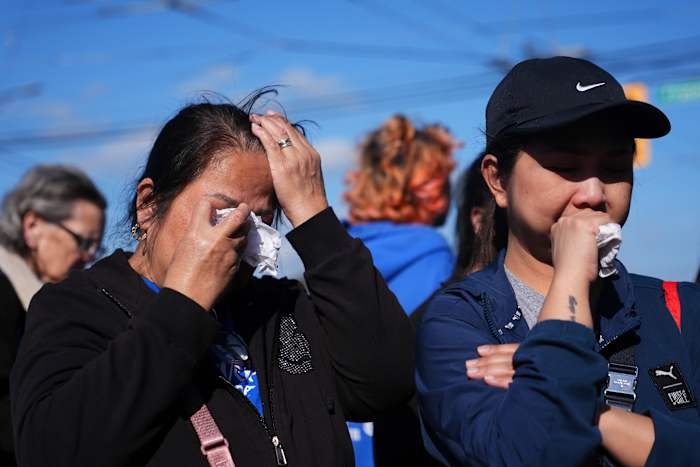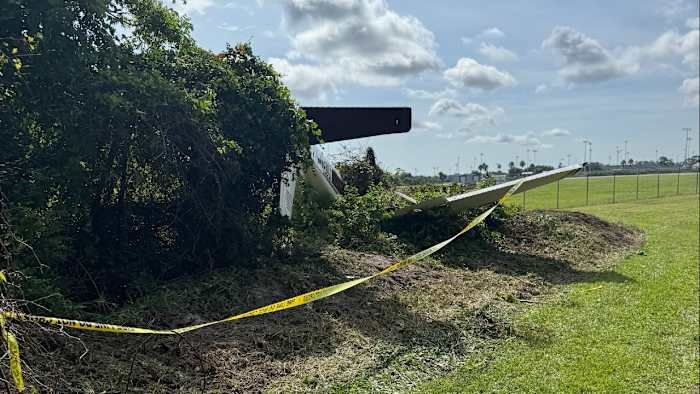As temperatures soar to record highs worldwide, protecting outdoor workers from extreme heat has never been more urgent. In India, where millions labor under the blazing sun daily, a groundbreaking portable shelter is drawing attention for its simple yet effective approach to heat relief. Recently exhibited in one of India’s largest cities, this low-cost innovation is already sparking conversations about worker safety, not only across the subcontinent but in hot and humid places like Orlando, Florida, as well. As climate change leads to longer and more intense heatwaves, creative solutions like these could be the key to safeguarding vulnerable workers everywhere.
India’s Sweltering Summers: The Challenge for Outdoor Workers
India is no stranger to scorching heatwaves. In recent years, cities such as Delhi, Mumbai, and Chennai have reported temperatures well above 110°F (43°C), sometimes lasting for weeks. For street vendors, construction workers, delivery personnel, and other outdoor laborers, these extreme conditions can be life-threatening. Prolonged exposure to the sun can lead to heat exhaustion, dehydration, and even fatal heatstroke.
The challenge is compounded by the fact that many outdoor workers in India are part of the informal sector, lacking access to air-conditioned rest areas or protective measures. Affordable, effective solutions are desperately needed to shield millions from the worst impacts of extreme heat.
Meet the Innovative Portable Shelter
In response to this pressing need, a team of Indian designers and engineers has developed an innovative portable shelter specifically for outdoor workers. Showcased at a recent urban expo, the shelter stands out for its simplicity, affordability, and practicality:
- Lightweight and Collapsible: Made from durable yet lightweight materials, the shelter can be easily transported and set up in minutes, making it ideal for mobile workers.
- Reflective Surface: The outer layer reflects up to 90% of direct sunlight, dramatically lowering temperatures inside the shelter compared to outside.
- Ventilation and Shade: Smart design features maximize airflow while providing ample shade, helping workers stay cool during breaks.
- Low Cost: By using locally available materials and simple construction techniques, the shelter can be produced for just a few dollars, making it accessible to low-income workers and small businesses.
Early feedback from field trials has been overwhelmingly positive. Workers report feeling less fatigued and more productive after using the shelter, and community groups are already working to distribute the design more widely.
Why Smart, Affordable Solutions Matter
This portable shelter is just one example of the kind of smart, affordable solutions that are gaining momentum in India’s fight against extreme heat. Unlike air conditioning or permanent structures, which are costly and resource-intensive, these shelters can be rapidly deployed wherever they’re needed most. They also have a low environmental impact, an important consideration as cities grapple with rising energy demands and urban heat islands.
Experts say that scalable innovations like these could save countless lives as climate change intensifies. The World Health Organization estimates that by 2030, heat stress could reduce global work hours by 2.2%, equivalent to 80 million full-time jobs. In India, the stakes are even higher, with outdoor labor making up a significant portion of the economy.
Lessons for Orlando and Other Hot Cities
While this story is unfolding half a world away, it carries important lessons for communities like Orlando. Central Florida is known for its subtropical climate, and local outdoor workers — from landscapers and construction crews to theme park staff — face significant heat risks, especially during the sweltering summer months. According to the U.S. Occupational Safety and Health Administration (OSHA), heat-related illnesses are a growing concern across the United States.
Adopting similar portable, affordable shelter solutions could help protect Orlando’s outdoor workforce. Local businesses, city planners, and community leaders might look to India’s example for inspiration, exploring how innovative, low-tech designs could be adapted for our own climate and working conditions. As extreme heat becomes the new normal, proactive steps to keep workers safe will be crucial for public health and economic resilience.
Conclusion: Innovation Knows No Borders
The story of India’s portable shelter highlights how simple ideas can have a big impact. As the world confronts rising temperatures, sharing knowledge and solutions across borders will be key to helping vulnerable communities adapt. Whether in bustling Indian cities or sunny Orlando neighborhoods, the well-being of outdoor workers deserves our attention and action.
Have thoughts on how Orlando can protect its workers from the heat? Know of local initiatives making a difference? Share your ideas and experiences in the comments below — let’s keep the conversation going!
















